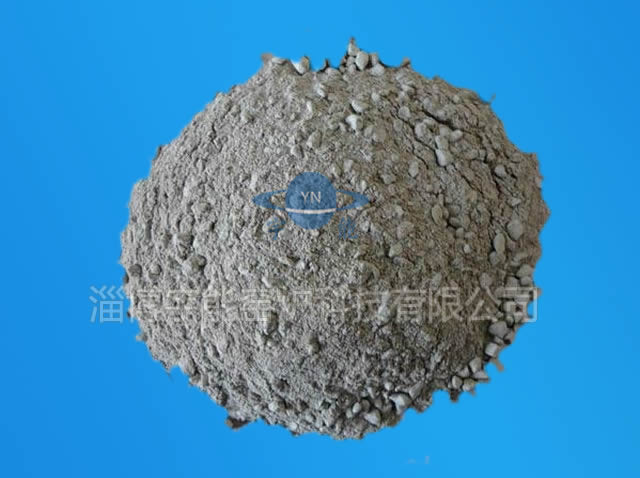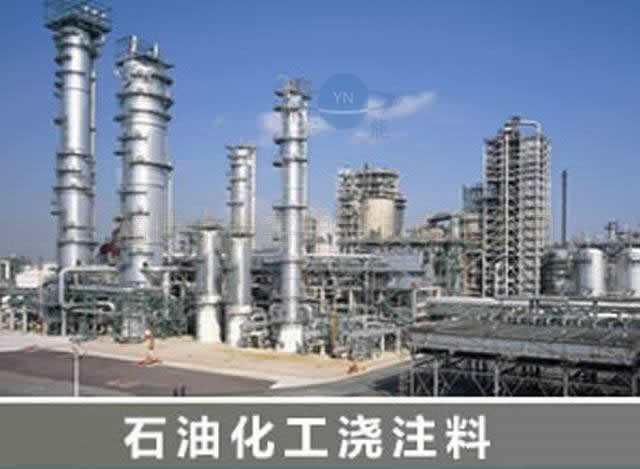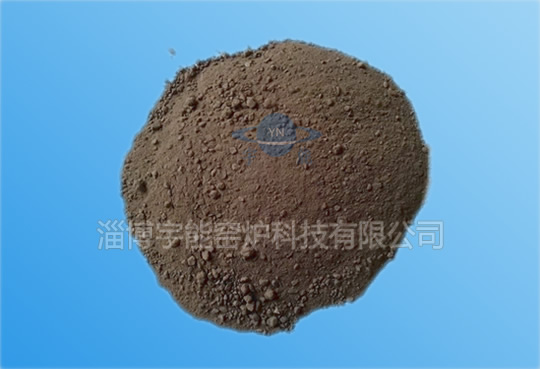Zibo Yunneng Kiln Technology Co. Ltd. Zibo Yunneng Kiln Technology Co. Ltd.
Free delivery samples
high quality assurance
Engineer's door-to-door guidance
lifelong technical support
Contact us+86159669653330086-533-5331887
Zibo Yunneng Kiln Technology Co. Ltd. Zibo Yunneng Kiln Technology Co. Ltd.
Free delivery samples
high quality assurance
Engineer's door-to-door guidance
lifelong technical support
Contact us+86159669653330086-533-5331887
Home -> News -> News -> Castable Technology ->

1.Anchor nail welding
The material and specification of anchor nails must be purchased in accordance with the design requirements.
The distribution and welding quality of anchor nails must be carried out according to the design requirements.
2.For the template
The dimensions are accurate and meet the design requirements.
Firm support, tight seam, no leakage.
For corrosive or strong binding of the castable should be installed in the template isolation layer.
The wooden strips reserved for expansion joints should be fixed firmly to avoid displacement when subjected to vibration.
Before pouring, the template should be brushed with mold release agent.
3.Castable construction
The amount of stirring should be used up within 30 min.
Pouring shall be carried out continuously. The pouring of the next layer of pouring shall be completed before the initial setting of the previous layer of pouring. If the hogany during construction exceeds the initial setting time, it shall be treated according to the construction joint requirements.
When inserting vibrators, the thickness of the pouring layer should not exceed 1 of the length of the active part of the vibrator.25 times, when using flat column vibrator, its thickness should not exceed 200mm.
4.Castable curing
Silicate refractory castable is suitable for watering and curing, especially for high alumina cement castable.
The water glass castable should be kept in a dry environment for natural curing, without adding water.
Phosphate castable should not be maintained with water or steam, but should be maintained naturally in a dry, temperature-appropriate environment. Low-temperature drying is required when the environment temperature is low.
5.Open mould
The non-load-bearing formwork should be removed when the strength of the pouring material can ensure that its surface and edges are not damaged by demodulation.
Load-bearing formwork should not be removed until the strength of pouring material reaches more than 70%.
Relevant Product Display
 High aluminum wear-resisting ball
High aluminum wear-resisting ball
 Castable for petrochemical system
Castable for petrochemical system
 LT-6C Series of heat-resistant and wear-resistant single layer lining ..
LT-6C Series of heat-resistant and wear-resistant single layer lining ..
 Lightweight insulated castable _ insulated refractory castable
Lightweight insulated castable _ insulated refractory castable
Relevant information
Hotline